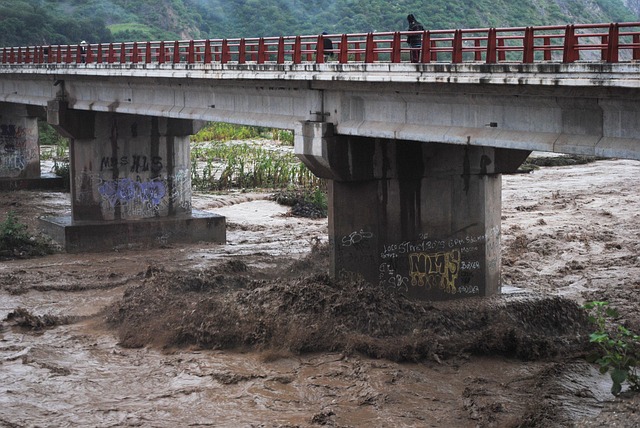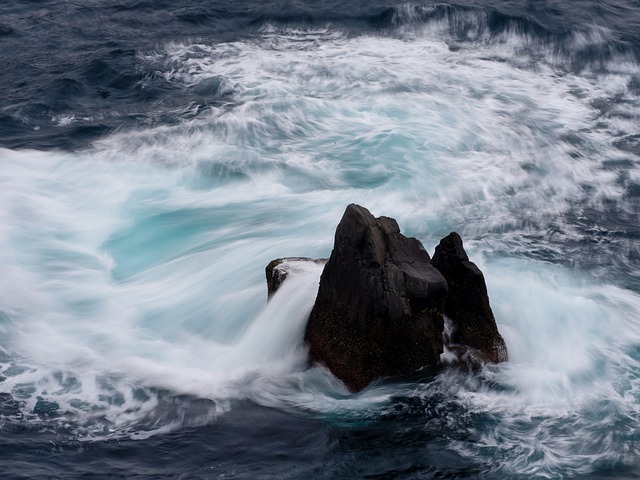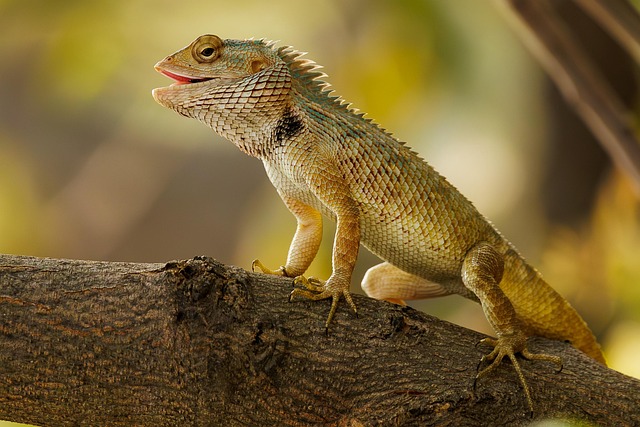
Protective Scales: The Defensive Nature of Reptiles in the Animal Kingdom
Understanding the Defensive Nature of Reptiles
In the vast tapestry of the animal kingdom, reptiles stand out not just for their variety but also for their remarkable defensive mechanisms. These cold-blooded creatures, ranging from the slithering snake to the armored tortoise, have evolved a myriad of protective scales and behaviors to survive in a world filled with predators. But what drives these fascinating beings to develop such intricate defenses, and how do they embody the essence of being ‘defensive’ in nature?
The Role of Protective Scales
Imagine wandering through a sun-drenched desert or a humid jungle; you might encounter a gecko clinging to the side of a tree or a dragon-like iguana basking on a rock. Beyond their striking appearances, these reptiles wear protective scales that not only enhance their beauty but serve as their primary line of defense. These scales often reflect their environment and can help in camouflage, allowing them to blend seamlessly into their surroundings. This adaptative trait is crucial for their survival, enabling them to dodge potential threats that loom in the wild.
Defensive Behaviors in Action
Reptiles are not just about their tough exterior. Their defensive behaviors are equally impressive. Take, for example, the notorious rattlesnake. When threatened, it emits that unmistakable rattle, a natural warning signal loud enough to deter most would-be attackers. Other reptiles, like the frilled lizard, boast faux tactics that include puffing up their bodies or displaying bright colors to scare off predators. These actions reflect an innate understanding of their surroundings, demonstrating a powerful instinct to protect themselves at all costs.
Building Resilience in Their Environments
In nature, the concept of being defensive extends beyond physical attributes. It encompasses the resilience that reptiles embody in various ecosystems. For instance, sea turtles have hard shells that protect them from predators and harsh ocean currents, showcasing the harmony between form and function. Moreover, their navigation through perilous waters embodies a defensive strategy cultivated over millions of years. This evolutionary mastery highlights how creatures adapt and thrive in their environments while defending their right to exist.
The Importance of Defensive Mechanisms
Understanding the defensive nature of reptiles deepens our appreciation for the role they play in the web of life. These remarkable creatures act as indicators of environmental health, and disturbances in their populations often signal broader ecological issues. Their defensive adaptations not only ensure their survival but also maintain ecological balance, showcasing how interconnected we all are in this tapestry of life.
As you take a moment to reflect on the resilient spirit of reptiles, consider how their defensive traits resonate with your experiences. Just like these fascinating creatures, we too have our own protective strategies that help us navigate life’s challenges, whether through emotional resilience, personal defenses, or simply finding ways to blend in when necessary. The world of reptiles is a testament to the beauty and complexity of nature, urging us to recognize our own defensive natures in the face of adversity.



